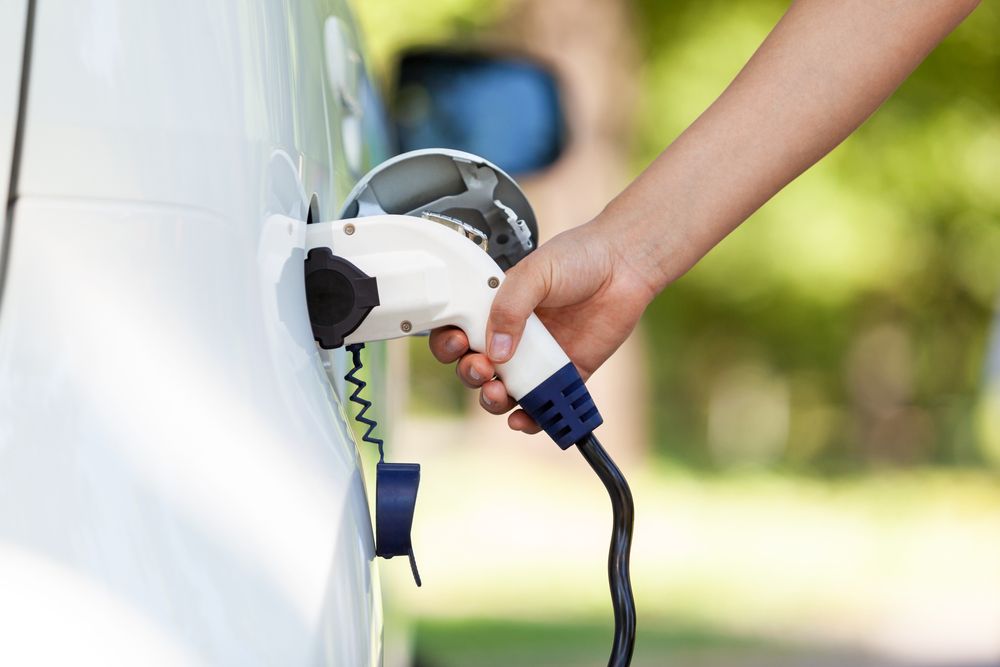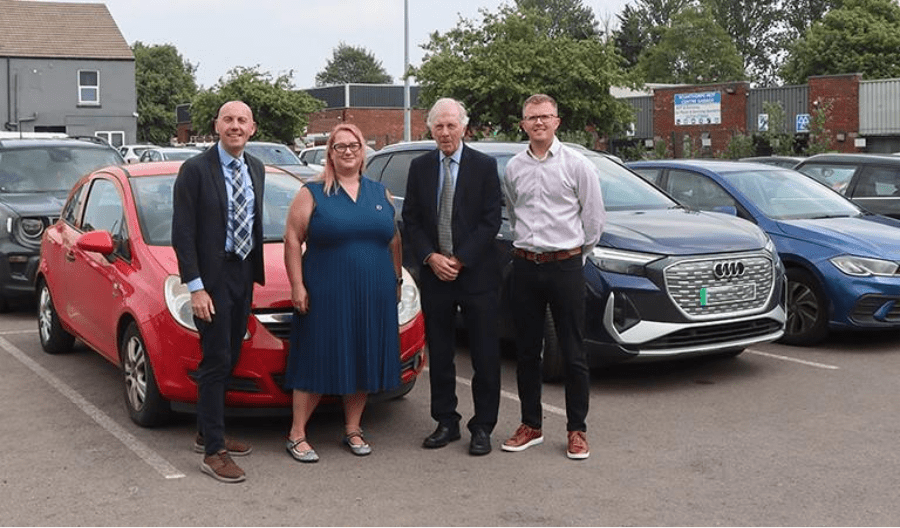Randy Miller, EY Global Advanced Manufacturing & Mobility Leader, looks at how we can move towards achieving a sustainable future and meet the demand for electric vehicles.
The growing public demand for low-carbon technologies has transformed the way we travel, as consumers increasingly look to minimise their environmental footprint.
However, as consumer demand for electric vehicles (EVs) grows, the pressure is on for the global supply chain and policymakers to collaborate and to help fully realise the market’s potential to herald a new electric future.
Research from our annual EV Mobility Consumer Index found that 45% of consumers are planning to buy a car, and 65% of those are looking to do so in the next 12 months.
Interestingly though, 52% would choose to buy a fully electric, hybrid or plug-in-hybrid EV for their next purchase, an enormous 20 percentage point increase in two years. Furthermore, there was a 3x growth in preference for fully electric cars from 7% in 2020 to 20% in 2022, showing that public attitudes towards EVs are rapidly changing for the better
However, with the COVID-19 pandemic cutting travel rates and damaging trust in public transport, how can EV manufacturers capitalise on the fertile market conditions to meet an expected car-buying boom?
Driving demand for EVs
To capitalise on strong consumer interest in EVs, automotive manufacturers and car dealers need to rethink their dialogue with consumers and develop new messages, relationships and tools to bring the EV experience to life.
EV consumer expectations include cost, better range, and more product choices. Our stats show that consumers are also very motivated by environmental concerns and, as such, manufacturers should highlight the ecological benefits of EV ownership as well. By marketing them as a force for good, helping to reduce the public’s carbon footprint and advance a more sustainable future, EV manufacturers can continue to increase the consumer uptake of EVs.
It is also clear that government policies can play a key role in driving EV demand- these can often go beyond the ‘carrot and stick’ approach of subsidies and tax benefits. The increasingly heavy penalties and proposed bans on internal combustion engine (ICE) cars, for example, is a key concern for consumers. It remains to be seen how effective these types of bans will be in terms of the reality of being able to meet those targets but they do help to increase consumer interest towards an electric future.
Overcoming the roadblocks to adoption
However, there are several barriers to widespread consumer adoption which must first be addressed by the industry and policymakers to stimulate demand for EVs.
According to our data, a lack of charging stations replaced the high entry cost as the top inhibitor to the consumer purchase of an EV. The UK currently averages around 26 vehicles for every charging station, which is well above the EU target of 10 charging points per EV. If the UK is serious about rolling out EVs to help reach its net zero ambitions, then it must increase the pace at which it installs the necessary superchargers.
Similarly, a third of consumers cited range anxiety as a key inhibitor to adoption, highlighting the need for reliable (and available) charging infrastructure. However, battery technology is constantly evolving, which helps squeeze every mile from the battery.
French company NAWA Technologies, for example, is designing an ultra-fast carbon electrode which could revolutionise battery systems. NAWA says its technology can boost battery power ten times compared to current systems and will increase energy storage by a factor of three. Furthermore, it will take just five minutes to charge to 80% and could be used in EV production by 2023.
EVs are still more expensive than traditional ICE models and this is impacting consumer uptake. As such, car dealers and manufacturers should develop smart new finance packages and ownership models to prevent the emergence of a damaging social divide. Doing so will help to provide affordable EVs for both low and high-income groups.
Collaboration is key to accelerating rollout
The push towards a global EV revolution is an incredibly complex undertaking involving numerous stakeholders and as such, the global EV ecosystem must work together to ensure it can meet global demand.
Public demand for EVs has never been higher and if we are to capitalise on the fertile market conditions, we must foster a seamless transition from ICE to electric vehicles. Governments, original equipment manufacturers (OEMs) and charging providers must collaborate to develop national charging plans to ensure reliable and available charging points.
With the environment at the front of most consumers’ minds, OEMs and policymakers must focus on investing in the infrastructure and systems to repurpose and recondition EV battery packs. Wheel-to-wheel sustainability calls for a holistic focus on the EV lifecycle and creating a circular economy for battery pack parts will ensure the positive impact is maximised.
Consumer demand for EVs is growing at a rapid pace and the onus is on the global supply chain and policymakers to meet demand. However, if we are to fully realise the value of EVs in helping to meet carbon reduction targets, the full EV ecosystem must take a holistic approach and collaborate across the value chain to get results.







